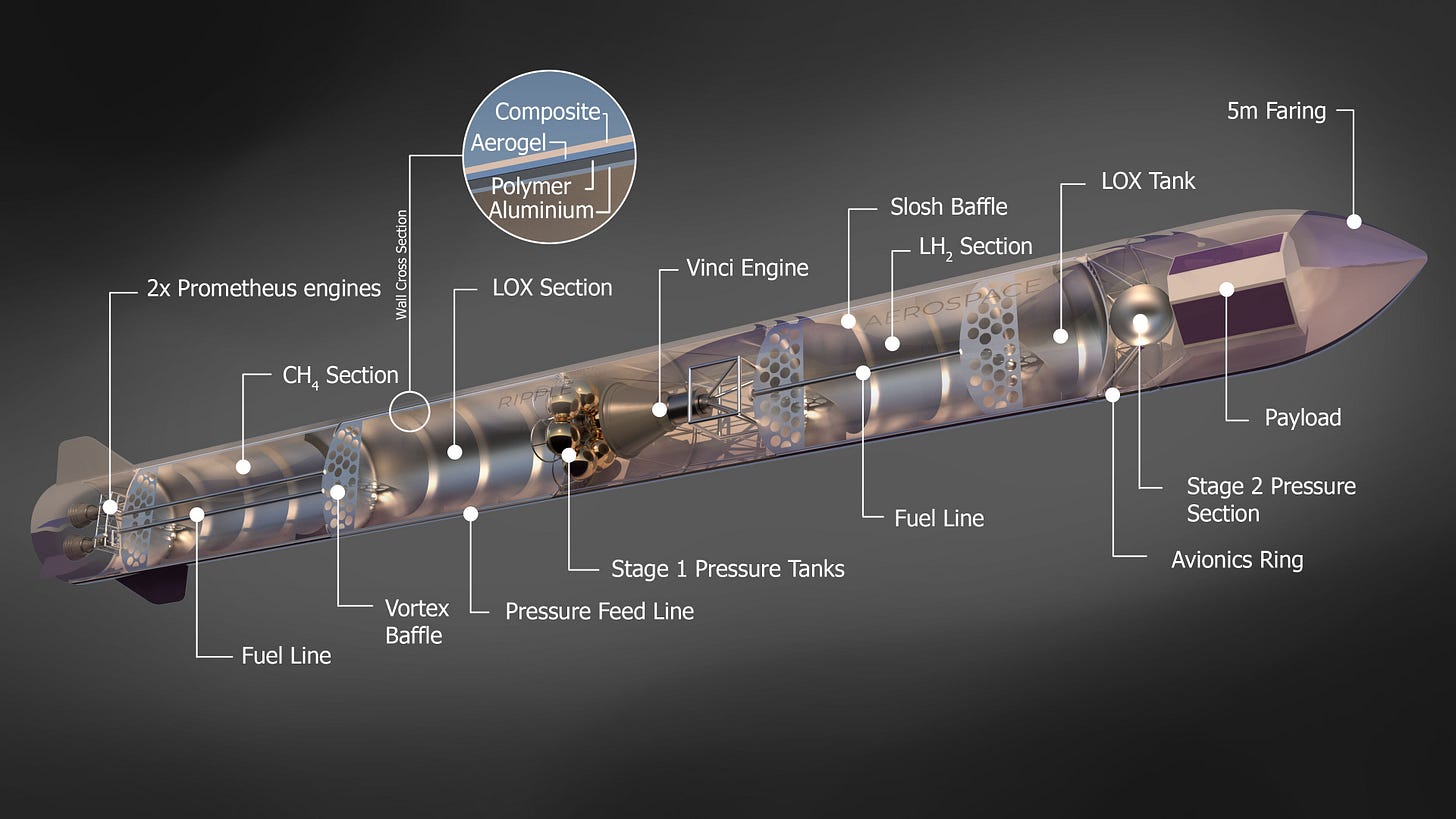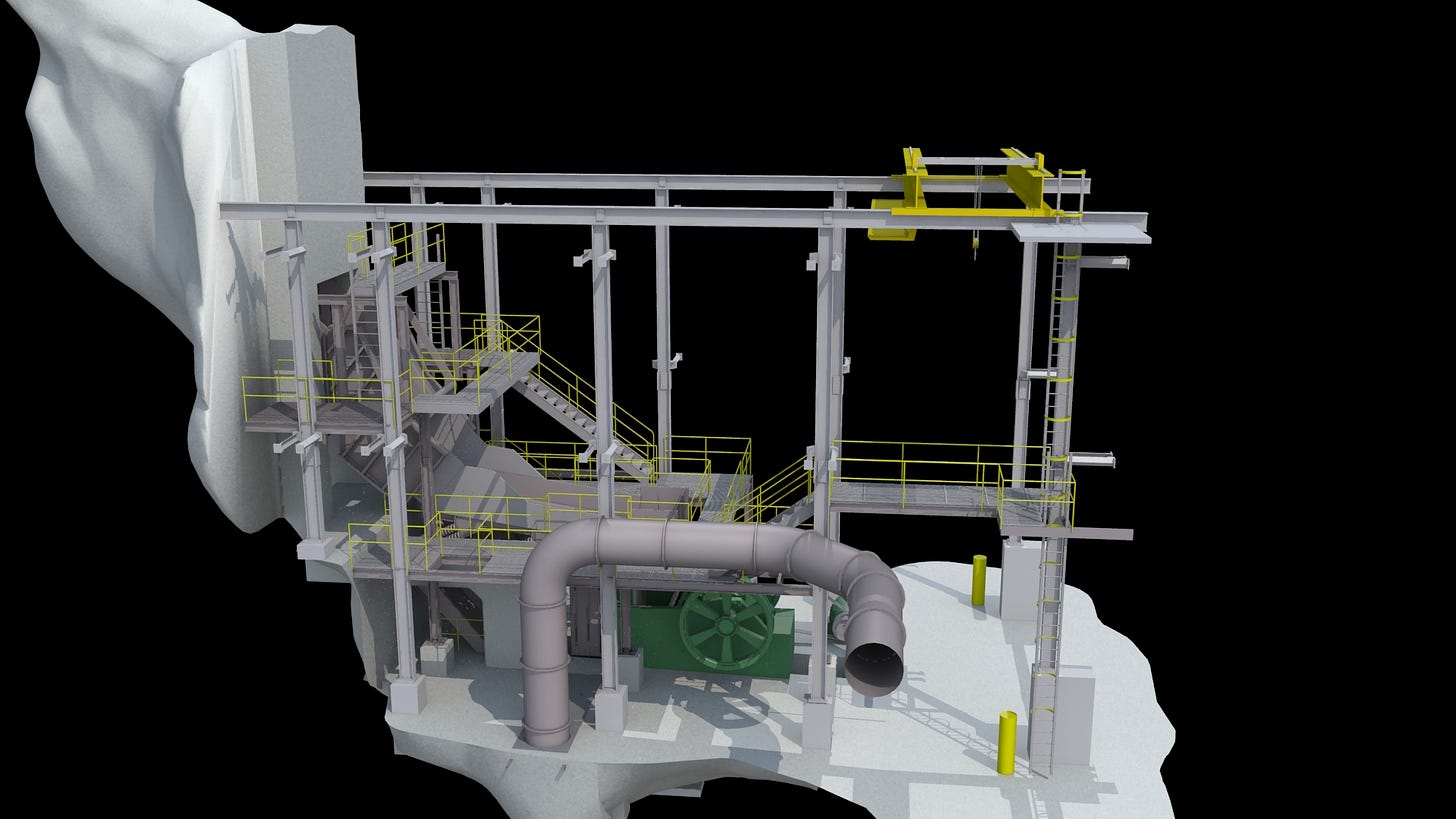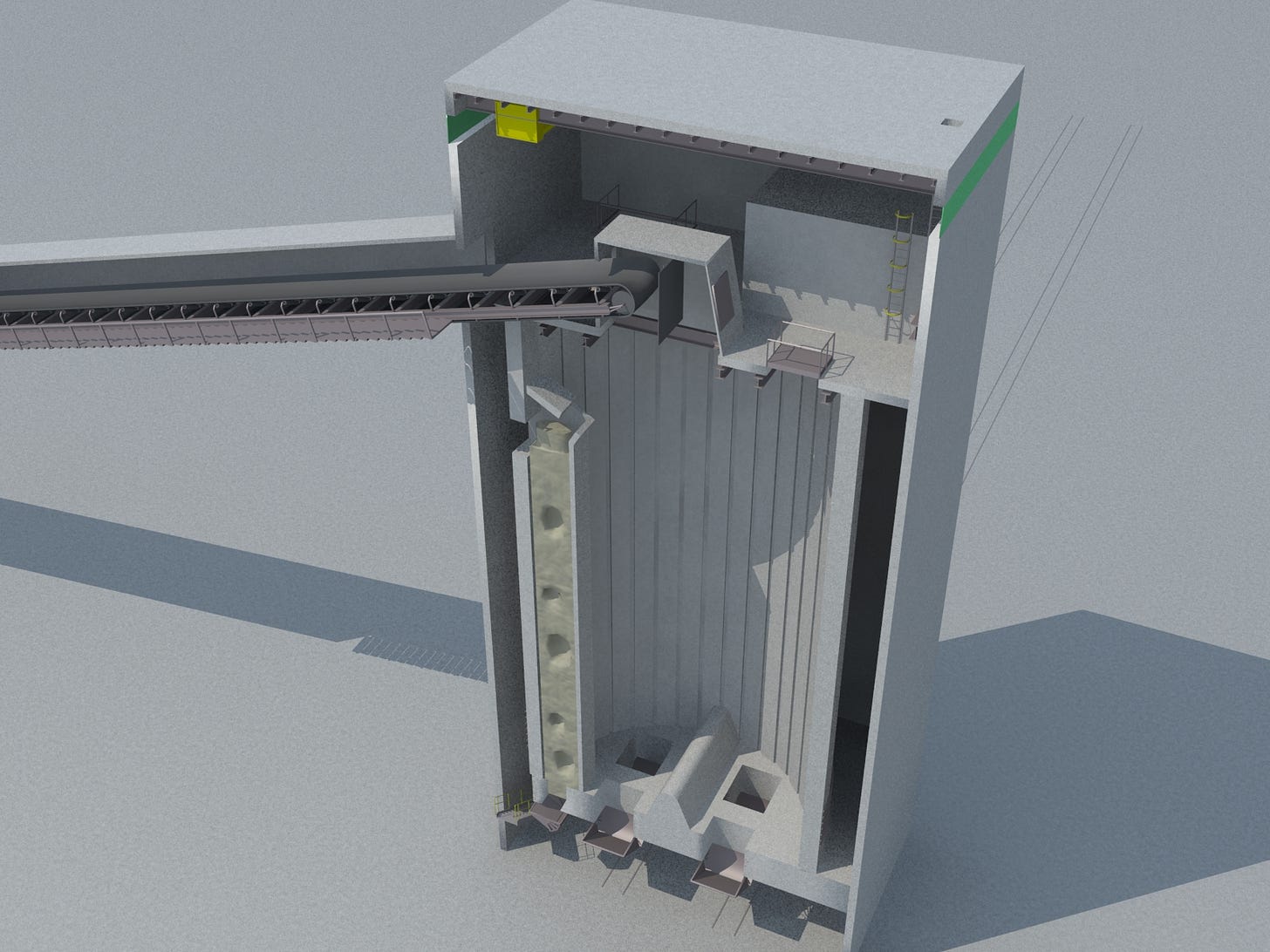Imagery for Process and AI vs. Creative Humans
How to use Engineering Grade Art and how AI sucks the soul out of images
Imagery for process
Last week, I discussed the definition of “Engineering Grade” art.
This week, I’d like to talk a little bit about applications.
Over the years, I’ve had the opportunity to work with many companies, large and small, in many industries. A lot of what I have done has been outward-facing—that is, a company is trying to convey what it’s doing to the general public. The most impactful, however, has been internal, between a company and its employees and between the company and site management.
In various engineering endeavors, such as complex processing systems, construction sites, or equipment builds, art serves the main purpose of contextualizing what might otherwise be hundreds of drawings of details. That means one can often distill days of meetings into an hour.
CAD/BIM models are often available in modern buildings. Even so, it’s often necessary to find ways to distill these enormously complex (and large) models down to sequences that convey very specific steps. The software used for BIM really doesn’t suit itself well for this type of sequencing. That’s especially ironic since companies like Autodesk play in both spaces.
More often in my area, however, industry predates digital records. Ancient scanned documents, or simply photographs. Contextualizing the modern changes to the historical structures can be challenging. This is where the efforts to create art can create significant impacts on the job.
Early in the process, there’s a discussion on what should be done; be it placement, size, or order of operations. Mid-process, there’s scope defining, bidding and planning. Finally, the end process is when it’s time to train employees and communicate with clients via visual methodologies and diagrams.
Through each stage, technical art can communicate space, time, and relationships and, throughout, create a continuity that ensures more accuracy, timeliness, and cost savings.
AI vs. the Creative Human.
Over the last week, I’ve had a few conversations (by post and direct) about AI and the creative human. I thought it would make sense to expand a bit on those thoughts.
There’s been a lot of disagreement on AI as it relates to art: whether it’s pure IP theft or just another tool that artists will use, with a few positions in between.
I think the technology of generative imagery is novel and can have some very good uses. Generative fill is really useful, for example. But this technology is, as many have said, a slippery slope. Right now, there are artists legitimately using it to improve their craft, using generative parts to a greater whole. There are a million minor uses where AI elements save time for just about anyone who uses image editing software.
It’s well established that AI-created art cannot be assigned copyright. What has yet to be litigated in the courts is at what point AI elements become copyrightable again. The risk right now is that if you use AI at all, it may jeopardize your copyrights. That alone makes it hard to convince me to use it for anything other than a throwaway piece.
On the flip side, there’s no question that the cultural heritage of humanity has been subsumed into the technology, arguably for the betterment of a few corporations. My own art - especially those pieces that have been published in numerous magazines - has been used in the training data. Art that I own full copyright to and have regularly been paid royalties for. While the technology doesn’t save the actual art itself, it still does not feel particularly good to have my work used to replace me.
Worse, I’ve noticed over the last couple of years that my clients and others have also decreased their perceived value of art, even though these generative systems cannot do anything ‘engineering grade’. For that matter, it can be extremely tedious, if not impossible, to get art that isn’t a portrait of a pretty person.

I think this will become a real problem. In the short term, Masters of the craft will have the ability to keep earning. AI is far from creating masterpieces; current iterations can only create derivative works. At the same time, many of those derivative works are where young artists would cut their teeth in learning the craft. Being the apprentice - doing the menial tasks that are ‘below’ the master, and, over time, refinding the skills that eventually see the apprentice know enough, with enough fidelity, to become a master themselves.
If there is no place for the young to learn and practice the craft, there is, consequently, no path to mastery. That means in ~25 years, if left to its own devices, we will rely on the soulless tech that arranges pixels based on the art of our ancestors.
This applies to all current human information skills: coding, art, writing, engineering, and more. Humans risk becoming divorced from everything that makes us human.
And all of this doesn’t even consider the complexities of AGI and ASI. Science fiction is full of ideas about the utopia and dystopia that AI can represent. While it will certainly fall somewhere in the middle, what is almost absolutely certain is that AI built on immediately trampling the rights of large groups of people bolted onto the back of a capitalist system seeking to do the same, will result in outcomes much closer to the dystopian side of the fence.
One thing is true; an averaged piece from an AI will inevitably (regardless of the quality of the prompt) lack much of the soul that an artist imparts into an image. The point of view, decision-making, and aesthetic choices are gone, replaced by what an algorithm has decided best fits the prompt, weighted by whatever it has digested. Even in the more technical stuff that I typically do, I still make decisions to try and make the subject more visually appealing and readable to its audience.
I’m genuinely not looking forward to the next few years, even though I’m technically curious.




